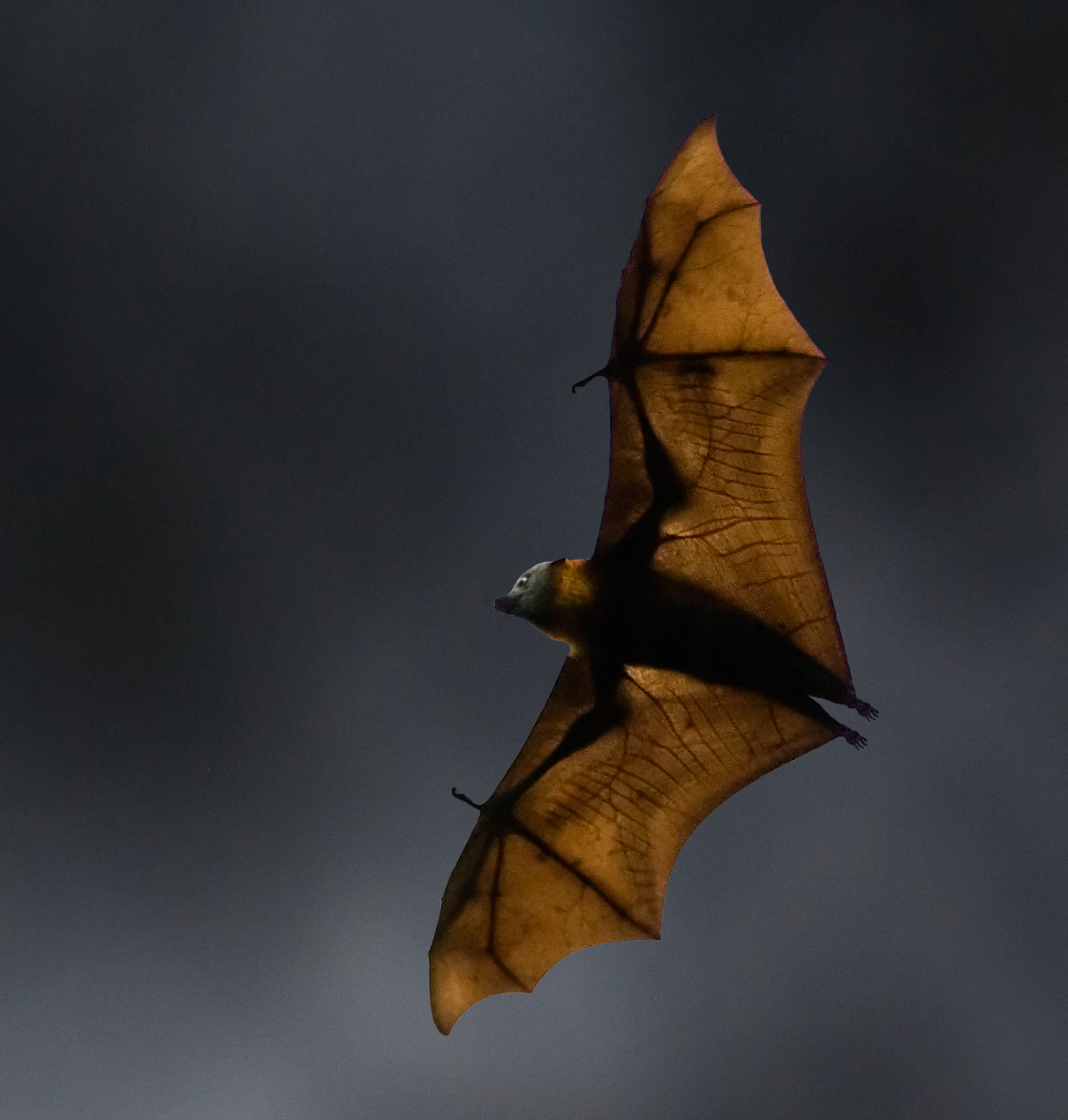Science News
Extreme Bats
March 30, 2010

Bats. They're flying mammals. They echolocate. But wait, there’s more. Two recent papers in the Proceedings of the National Academy of Sciences reveal even more fascinating, extreme bat behavior.
Scientists from Brown University and Japan report that echolocating bats traveling in large groups minimize sound wave interference by tweaking the frequencies of the sounds they emit — their broadcasts — to detect and maneuver around obstacles. The scientists also found that bats make mental templates of each broadcast and the echo it creates, to differentiate one broadcast/echo set from another. According to James Simmons of Brown, “They’ve evolved this, so they can fly in clutter. Otherwise, they’d bump into trees and branches.”
Meanwhile, in Germany, researchers from the Max Planck Institute for Ornithology found that the greater mouse-eared bat uses an internal compass and the Earth’s magnetic field to navigate in the dark. The fact that the greater mouse-eared bat does not use echolocation, even when hunting for food, makes this finding even more surprising.
The scientists don’t know how the bats detect the magnetic field, but according to New Scientist, “By exposing bats to a short pulse of skewed magnetic field during and after sunset,” they found that exposure “during sunset confused the bats, causing them to fly in the wrong direction, while experiencing it after the sun had set had no effect. This is strong evidence that the bats rely on the magnetic field while flying at night, after calibrating it by noting where the sun has set.”
So add radio broadcaster and astronomer to the list of bats’ amazing feats!
Creative Commons image by Vermin Inc